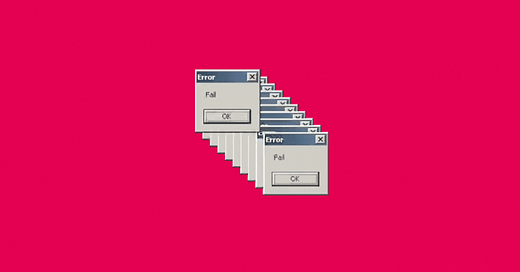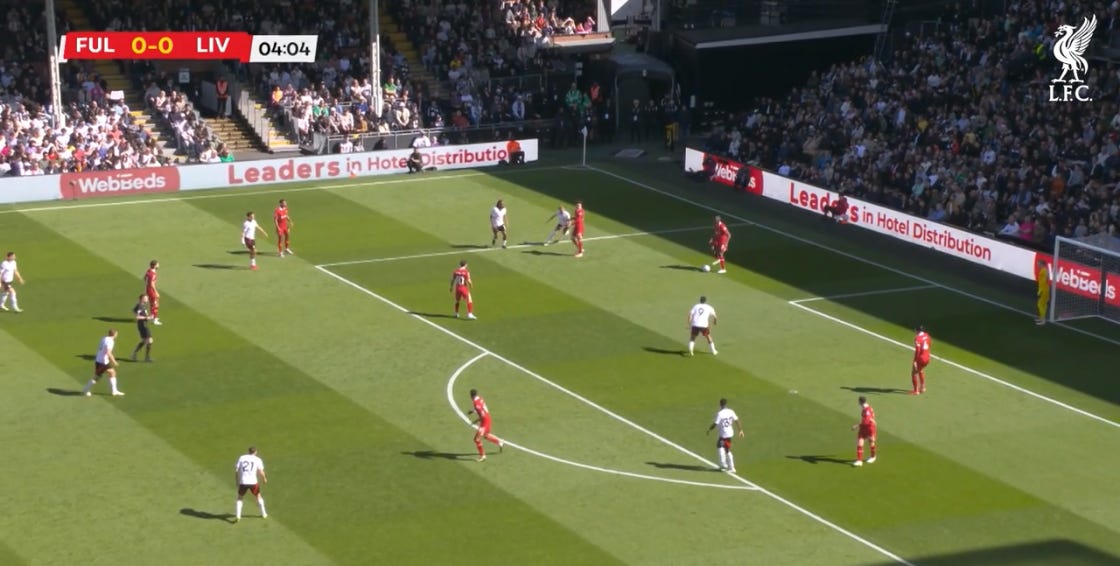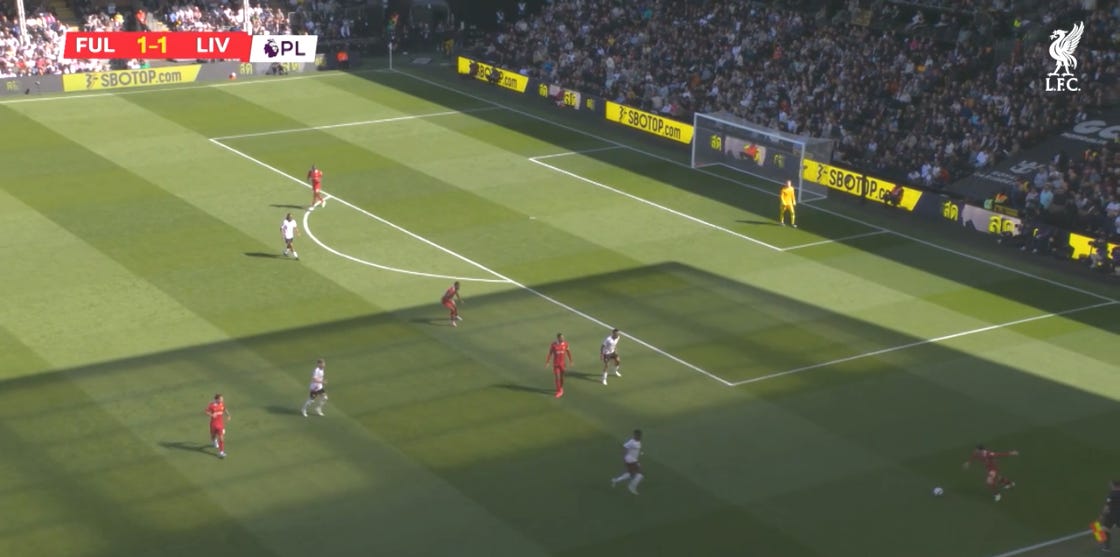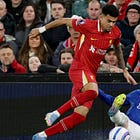Liverpool 4-2 Fulham (Errors, not Goals)
Liverpool lost 3-2 at Fulham thanks to an abysmal first half in which they made four Opta-defined defensive errors leading to shots.
Liverpool slumped to a second league defeat of 2024/25 as they lost 3-2 at Fulham. To make matters worse, they proved José Mourinho correct.
“The game is won by the team who commits fewer errors,” is one cornerstone of his outlook on the game. Fulham made two defensive errors on the ball which led to Liverpool shots, according to Opta’s definition, when they average 0.8 per game. You could have expected 0.2 fewer than that from the Reds this term, yet at Craven Cottage there were four.
This in itself is rare enough. Since the summer of 2017, making a quartet of errors puts a game in the worst 0.5 per cent of performances in the Premier League. It’s unlikely many of the 30 other instances saw the side in question make four in 41 minutes, as Arne Slot’s side did on Sunday.
Mistakes can determine so much in life, not just sports. Voting to leave that coalition of neighbouring countries? Error. Electing this president? Error. Eating Marmite? Massive error. But these are all lapses of choice, when that isn’t always the case in football.
Sure, Ibrahim Konaté’s decision to dawdle on the ball in just the fourth minute of the defeat at Fulham has no excuse. A pass forward to Alexis Mac Allister rather than coughing up possession to Andreas Pereira would’ve been better, Ibou.
Having got away with that, Liverpool then took the lead. Despite the assurance that a previous record of 19 wins from 20 league matches in which they scored first should’ve brought, Mac Allister’s strike didn’t provide calm at the back.
In the space of nine minutes, two on-ball blunders led to goals. First, Curtis Jones fluffed a clearance which fell to Ryan Sessegnon. The problem was with the execution by the fourth-choice right-back, not the decision itself.
Andy Robertson had no such excuse, after deciding a pass to an unmarked Alex Iwobi just outside the centre of the box was a better option than, well, anything else whatsoever. Down the line, to Caoimhín Kelleher, backheeled out of touch for a corner, blasted into the assistant referee’s face, anything.
The third goal illustrated why statistically recorded errors only ever give a flavour of the mistakes a team makes. Virgil van Dijk should’ve done better with a high ball before Kelleher saw Rodrigo Muniz’s shot flash through his legs. No on-ball error anywhere, just a very avoidable goal.
Liverpool’s final shot-costing gaffe occurred shortly before the break. It was similar to the Robertson howler in that Dominik Szoboszlai passed to Iwobi in the centre of the pitch. From further out, it did not prove costly.
Football data stalwart Dan Kennett researched the value of errors in the past. In 2018, he tweeted that “60% of all GK errors result in a goal… Errors made by Centre Backs result in a goal 35% of the time, Fullbacks 30%, Central Midfielders 20%.”
This shows how important errors are, with the positional differences in conversion rates down to the distance from goal at which they occur. The average non-penalty big chance is valued at around 0.39 expected goals, so any statistical error by a defender or (especially) goalkeeper is normally worth about as much.
The four shots from Red errors in this match were worth just 0.31 xG in total, suggesting Liverpool were hugely unfortunate to concede twice from them. Then again, if you point a gun at your own foot often enough, you’ll get hurt eventually.
Fulham made two defensive errors of their own in the second half. Is that end of Craven Cottage built on an ancient, upper class burial ground? More likely it was a result of a better performance from the Reds, the side that have provoked the second most opposition defensive errors in the Premier League this season.
Slot was obviously asked about the problems with his side’s first half performance when speaking after the match. “It wasn't 45 minutes of disaster but the errors we made I think are something we are not used to, and that's something different than playing poorly, in my opinion,” he said.
That isn’t true, Arne. Within their last nine games the Reds have recorded two of the 31 examples of four-or-more errors in the Premier League since 2017. The earlier instance occurred in the 2-0 win at Bournemouth; the mistakes remain in the record books, they just didn’t sting as much by not leading to goals. This performance stands alone as the sole four-error game in which the hapless team kept a clean sheet, one of just three where they won the match.
Between that game and Fulham was a win over Wolves in which Liverpool made a trio of defensive errors. How’s this for a coincidence? That match and the latest one both occurred immediately after a midweek game with Everton. Combining James Tarkowski with shoddy refereeing may have broken a few brains each time. It did mine, so it feels as plausible an explanation as any.
There is little chance the loss at Fulham will mean too much in the long term. Four different title winning Chelsea sides lost 3-0 at Middlesbrough, 3-1 at Wigan, 3-0 at Arsenal and - by far worst of all - 5-3 at Tottenham respectively. Liverpool themselves were thumped 3-0 at Watford in February 2020. It happens.
Even so, Slot needs to bear in mind that five of his side’s remaining seven matches are against teams that are among the top eight (non Liverpool) clubs for turning opposition errors into shots. A repeat of this performance could make the run-in stickier than it has any right or need to be.










Agree with nearly all of that Beez, except for the Marmite, which is supreme! 😉